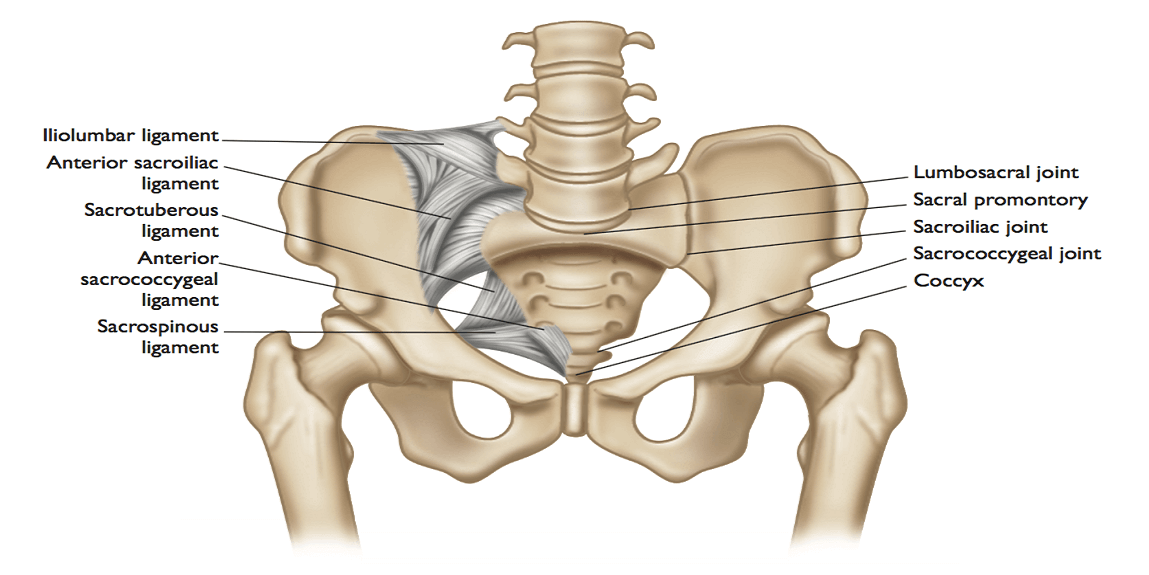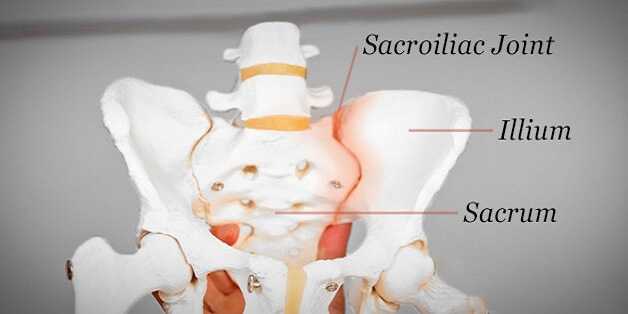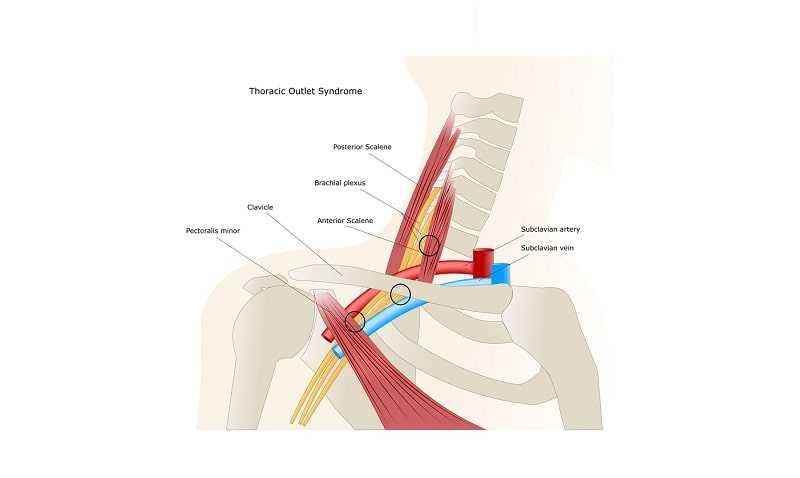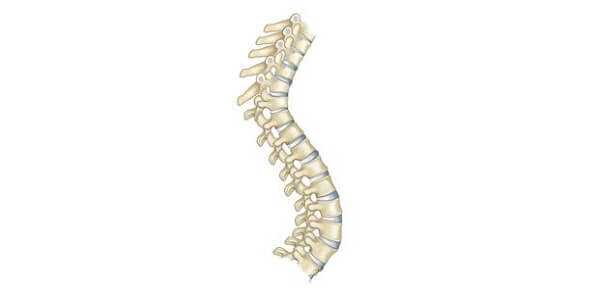Si joint chiropractic treatment

The sacroiliac joint (SI for short) is a large series of ligaments between the triangular sacrum at the base of our spine and the ilium or pelvis. This joint is made of the sacrotuberous ligament, the sacrospinous ligament, the anterior sacroiliac ligament, the posterior sacroiliac ligament, and the interosseous sacroiliac ligament. Dysfunction or inflammation in this joint can manifest as low back pain, hip pain, groin pain, restricted motion, referral pain down the leg and can even cause pain and dysfunction in distal parts of the body such as the knee, ankle, foot and even the neck and shoulders.

Si joint pain causes
The sacroiliac joint plays a major role in the stability and function of our gait cycle. It provides a measure of shock absorption and also alternately locks to provide stability in the toe off phase of gait. Bottom line, if you’re walking, the SI joint is working. The SI joint is supported by all the muscles of the core and lower extremity such as psoas, the gluts, piriformis, the transverse rectus abdominus, the obliques, the lumbar erectors, the quadratus lumborum, the hamstrings, and the quads, just to name a few. To that end dysfunction in the SI can create issues with any of the a-fore mentioned tissues, and vice versa. SI pathology can occur due to trauma, repetitive stress injury, or even simply to postural dysfunction.
https://www.youtube.com/watch?v=_cZVw6X36XY
When the SI joint is restricted we commonly see the ilium rotated anteriorly on one side and posteriorly on the other. Should the pelvis be rotated backwards on the right commonly we will see contralateral hip flexor or psoas tightness, ipsilateral quadratus lumborum tightness, and ipsilateral piriformis or glut weakness. Ipsilateral refers to the same side as the restriction, while contralateral refers to the opposite side.
Si joint pain chiropractic treatment
SI dysfunction is well suited to chiropractic care. Chiropractors may utilize a variety of treatment modalities to address issues with the sacroiliac joint. Electric stimulation, heat and ice, active release, myofascial release, manual manipulation, foot orthotics, gait analysis, and active rehab can all be effective in the treatment of SI dysfunction.
Proper evaluation is fundamental when designing an appropriate treatment plan. Careful analysis, including history, inspection, orthopedic testing, neurological testing, gait analysis and so forth plays a vital role in diagnosing SI problems. In some cases gait analysis may indicate the need for a custom made orthotic. Should this be the case your chiropractor will be able to do a custom scan of your foot to select the orthotic that is appropriate for you.
https://www.youtube.com/watch?v=kmcKHR3ejHo
When treating the SI, the first step is to release any surrounding muscle tissue that may be restricting the normal function or motion of the joint. Active release, or even just simple old massage is a great way to treat tight or hypertonic muscle tissue. Once the surrounding tissue has been released a manual manipulation may be applied. The actual technique will be dependent upon the treating physician. Regardless of technique system, the manipulation will target the specific adhesion or restriction with-in the joint. Soft tissue work and manipulation may be followed by rehab or strengthening of particular tissue segments, with the goal of increasing stability. If you have more questions about SI dysfunction or suspect you may have this problem, simply consult your local chiropractor.
Facebook
Google+
Twitter
Pinterest
Reddit
StumbleUpon





